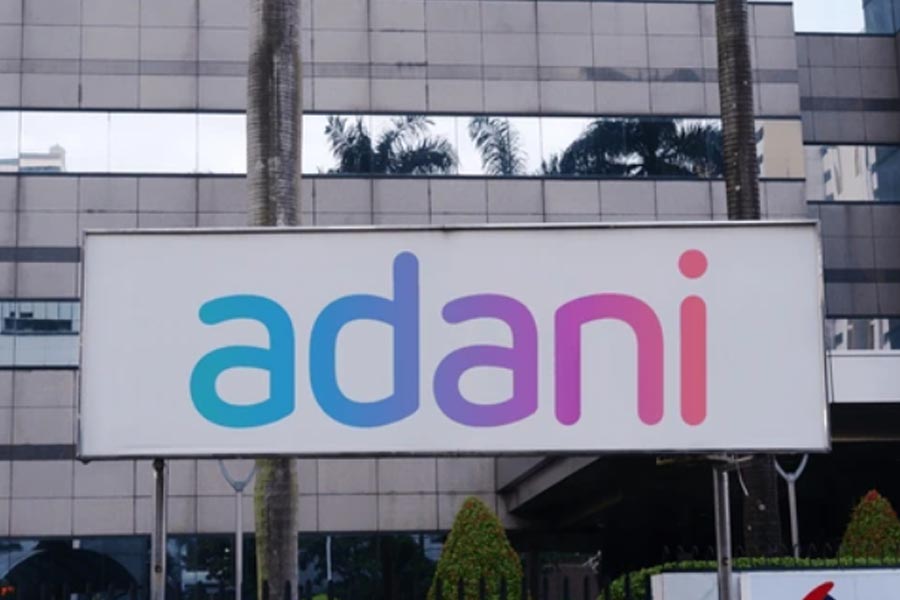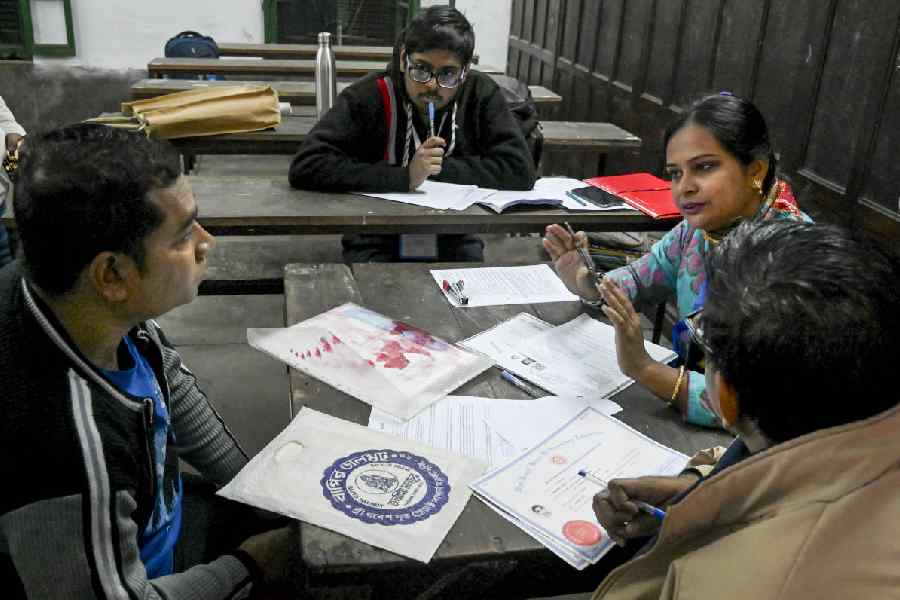The Covid-19 pandemic sparked monumental changes in the social, cultural and practical functioning of society. Of particular importance was the shifting of education to a predominantly digital realm since the contagion ruled out the possibility of public gatherings, including those in schools and institutes of higher education. Is this model of education now set to gain a degree of permanence? The Union government has said that it intends to establish ‘virtual’ universities which will ostensibly help in achieving the desired gross enrolment ratio in higher education as envisaged in the National Education Policy. However, the rush towards ‘remote learning’ has exposed the limitations of online education in many ways.
Inequality and poverty — both have been exacerbated by the pandemic — have given rise to the spectre of exclusion; internet connectivity, access to digital video devices and affiliated infrastructure are still either threadbare or non-existent in vast swathes of the country, leaving many students, especially those from vulnerable constituencies, excluded from online classrooms. Students are also plagued by structural challenges; even though India is home to the world’s second-largest internet user base, the quality of digital connectivity is uneven, with metropolitan India faring better than the hinterland. And what would a virtual university mean for students in restive zones — Jammu and Kashmir is a case in point — where internet services are frequently disrupted by the powers that be? Even without such glitches, online education has proved to be taxing for both teachers and their wards. For the former, formulating methods and material for online communication remains a challenge; students are also finding this shift to an unfamiliar way of learning difficult. Other facets of learning — practical work and laboratory experiments — face roadblocks. There is also concern about whether the experience of digital education complements existing pedagogical techniques.
These are, however, not the only challenges. The institutional eagerness for the digital medium has coincided with rising unemployment for teachers and tertiary staff. In Telangana last year, many teachers lost their jobs as private schools tied up with online learning platforms to deliver virtual classes to students. This is not to suggest that online education is devoid of benefits. Problems arise when a mode of learning that is still inaccessible to large constituencies is foregrounded as the “future of education” — the prime minister’s definition of virtual universities — instead of being a means to facilitate the traditional model of teaching and learning. Inclusion and critical thinking fostered by a thriving, collaborative learning environment are the hallmarks of a productive education system. These elements must not be sacrificed at the altar of virtual learning.











